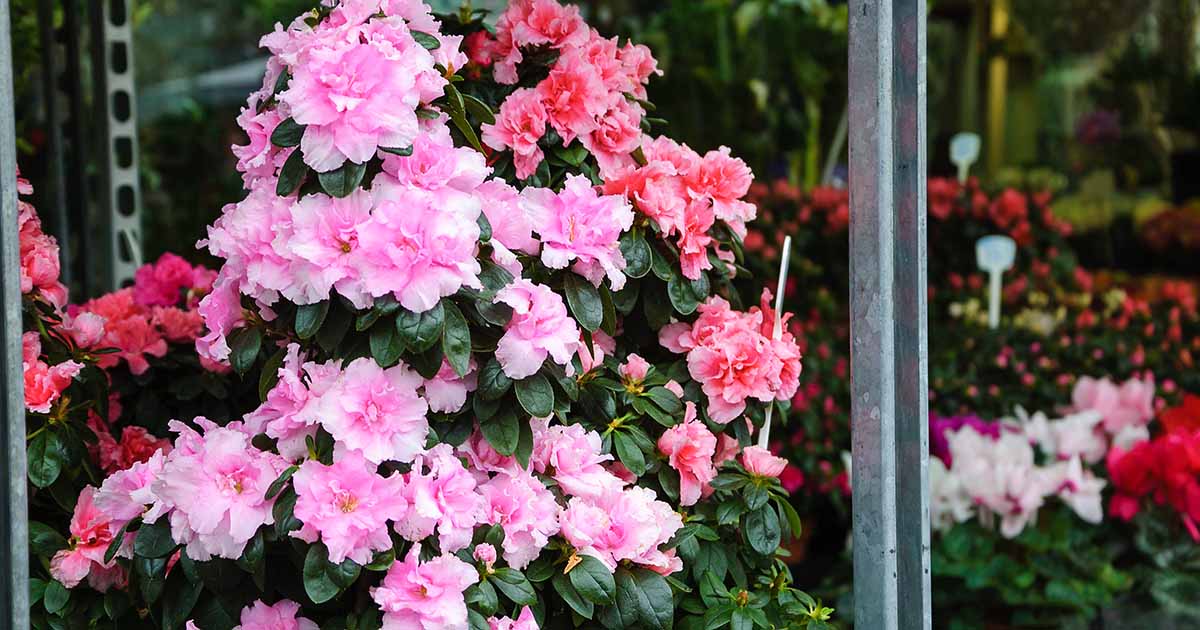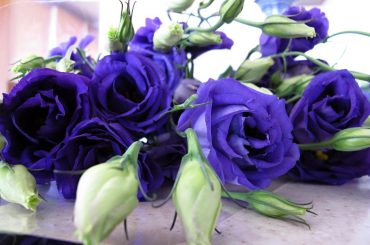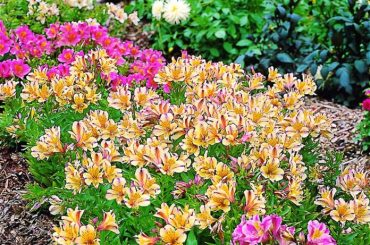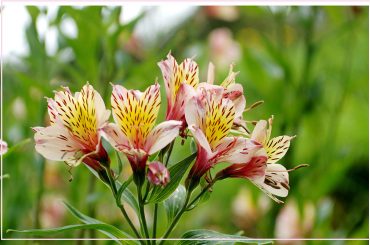Table of Contents
Who does not like bright and beautiful flowers in their house or balconies? Yes, we agree that plants take a lot of effort regarding their management. But you don’t have to worry about Azaleas as they are low maintenance. However, you can observe problems with Azaleas in pots.
Furthermore, you should not be worried about it; all you need to do is take care of your potted azaleas a little bit more than your garden ones. When these plants yield beautiful flowers, you’ll love their elegance. Moreover, its beautiful green leaves also complement the bright flowers. Taking care of potted azaleas is easier than you might think.
So roll up your sleeves, as we have mentioned all the necessary steps below that you can use to ensure the healthy growth of the plant.
Steps to Take Care of a Potted Azalea
Taking care of Azaleas is a lot easier than other plants. Still, it requires some steps to ensure healthy growth. Thus, below are some steps that you can take to maintain your potted azalea.
1. Choosing the Right Pot
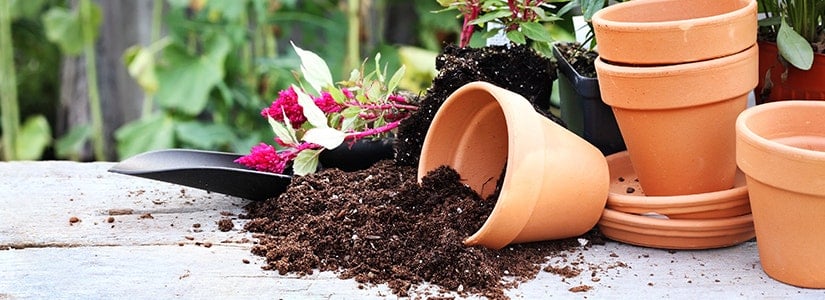
This is the most basic and important step in having a potted plant. When it comes to growing azaleas in pots, size matters; choose a pot that’s at least 12-16 inches in diameter and has drainage holes at the bottom. This will allow for proper root growth and prevent overwatering. Once you are set with the right pot, you need to add soil that is adequate for the growth of the Azaleas. Thus, you can choose acidic soil with good drainage. You can buy a ready-made azalea potting mix or create your own by mixing peat moss, pine bark, and perlite.
2. Planting It Properly
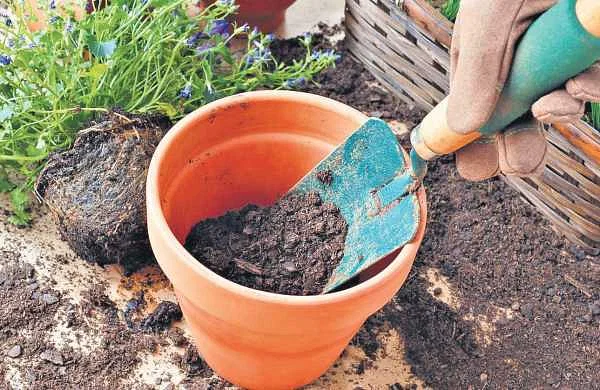
You can ruin the entire health of your plant if it is not planted properly. Thus, when transplanting your azalea into a pot, make sure to plant it at the same depth as it was in its original container. Avoid burying the stem too deep, as this can lead to rot. Further, you can add a layer of mulch, such as pine straw or wood chips, to help retain moisture and regulate soil temperature.
3. Water it as Needed
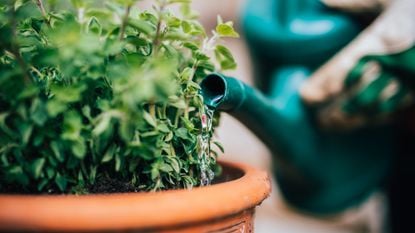
So young planters who make such mistakes tend to overwater azalea. This causes problems as azaleas like consistent moisture, but they don’t like to sit in waterlogged soil. Water your potted azalea when the top inch of soil feels dry. Be sure to water the plant thoroughly, allowing excess water to drain out of the pot. Also, azaleas are sensitive to minerals in tap water, which can affect their growth. Whenever possible, use rainwater or distilled water for watering.
4. Maintain Appropriate Light and Temperature
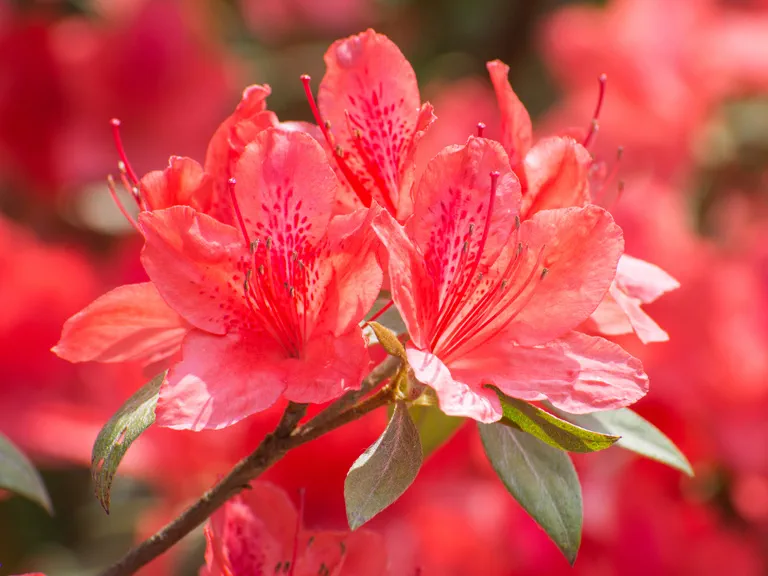
We all know that sunlight is the main source of energy for plants. But temperature also plays a crucial role in plant growth. This is because several plants have different tolerance towards light and temperature. With azaleas, it is slightly different, as azaleas thrive in filtered sunlight or partial shade. Place your potted azalea where it receives morning sunlight or dappled shade throughout the day. Avoid harsh midday sun, as it can scorch the leaves. Furthermore, azaleas prefer cooler temperatures, ideally between 60°F to 70°F (15°C to 24°C). Protect them from extreme heat and cold, as both can stress the plant.
5. Fertilizing
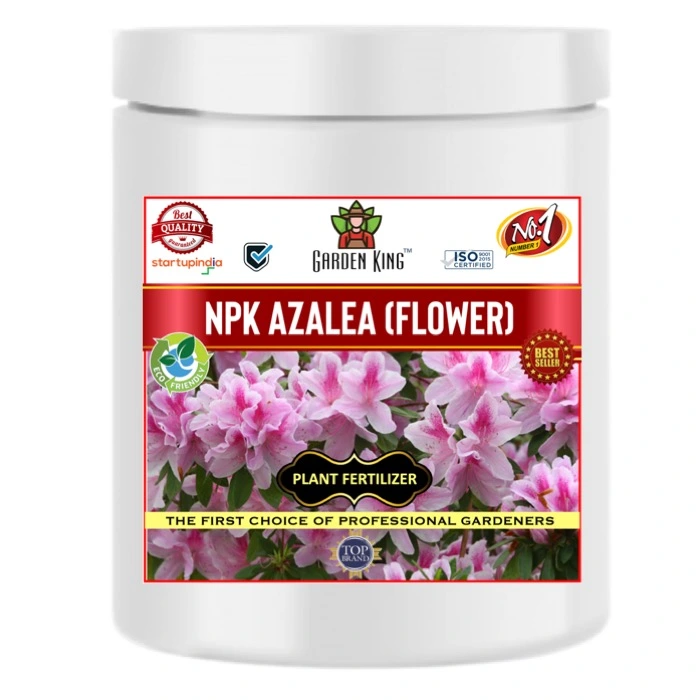
There are some essential nutrients that plants need that they cannot get from the soil. Thus, it becomes essential when caring for potted azaleas that you provide them with nutrients from external sources that help them grow better. Thus, use a balanced, slow-release fertilizer formulated for acid-loving plants. Apply it in early spring, just before the growing season begins. Follow the package instructions for dosage.
6. Pruning
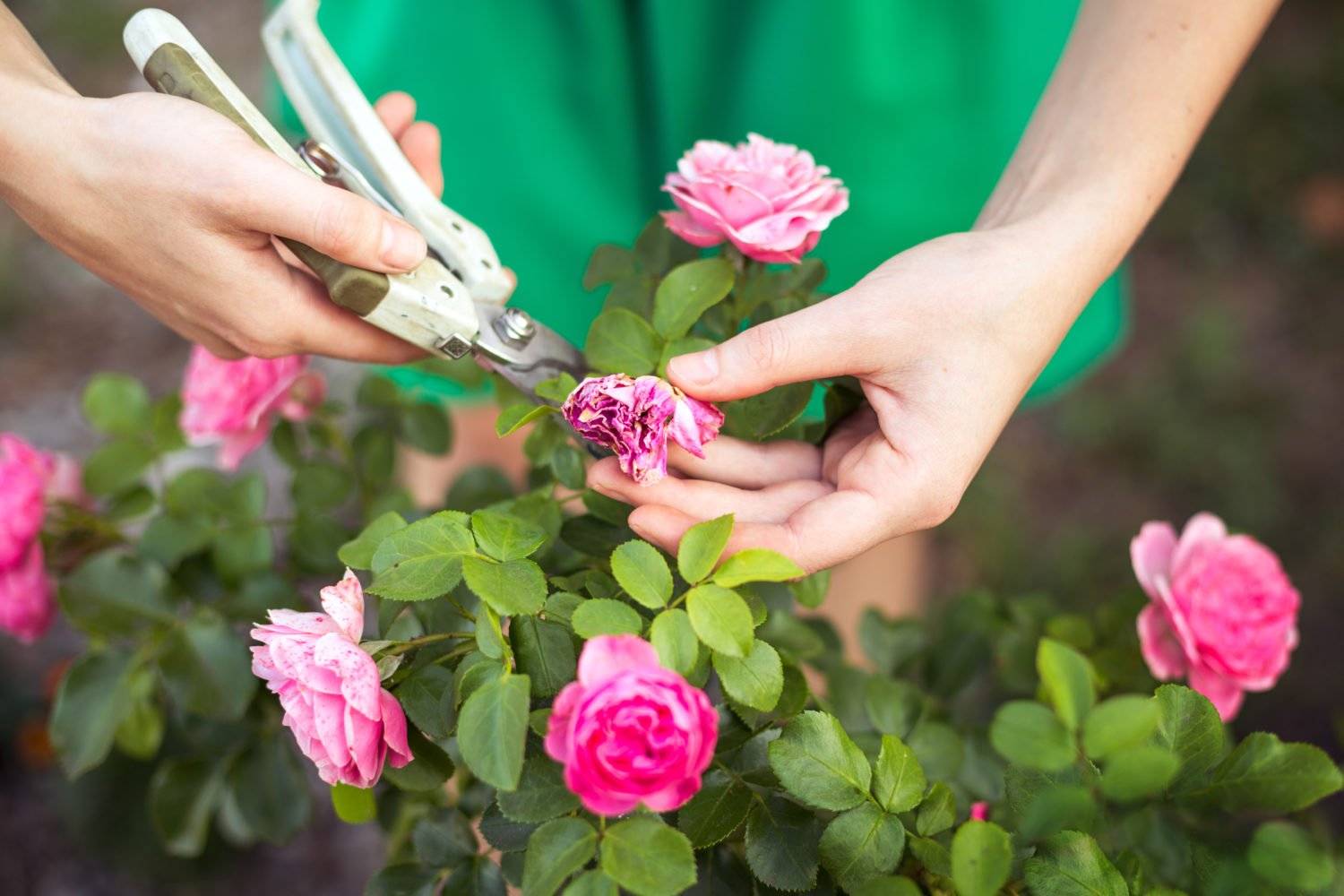
Azaleas bloom in spring, and you can encourage bushier growth by pruning them shortly after they finish flowering. Remove dead or damaged branches and trim back to shape. Also, to promote more blossoms and a tidy appearance, remove faded flowers by pinching them off or using small pruning shears.
7. Look Out For Pests and Diseases
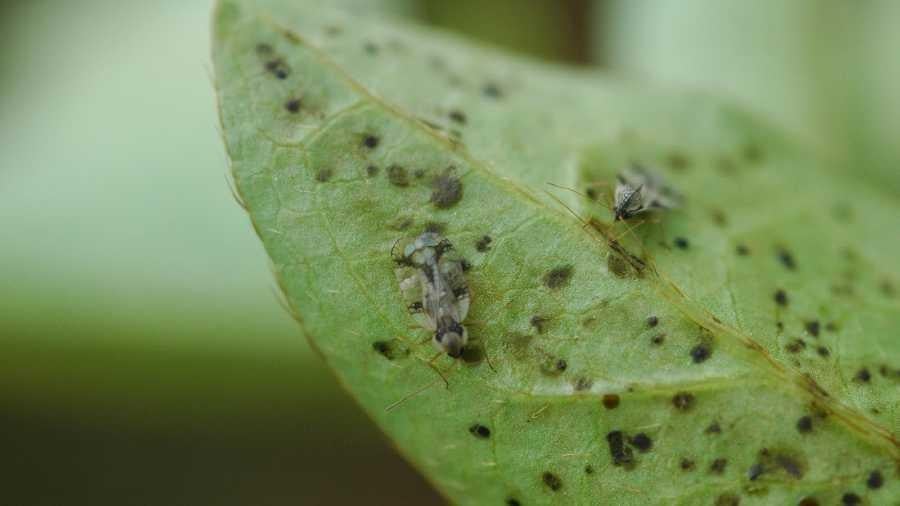
Pests and diseases are more likely to attack your plant when you are growing them in a pot. However, you can look out for them and remove them when they are at an early stage. Common pests that may trouble azaleas include aphids, spider mites, and lace bugs.
Regularly inspect your plant for signs of infestation, such as discolored or curled leaves. If you notice pests, treat your azalea with insecticidal soap or neem oil. Furthermore, azaleas can be susceptible to fungal diseases like powdery mildew. Ensure good air circulation around your plant, avoid overhead watering, and remove any fallen leaves promptly to prevent these issues.
8. Winter Care
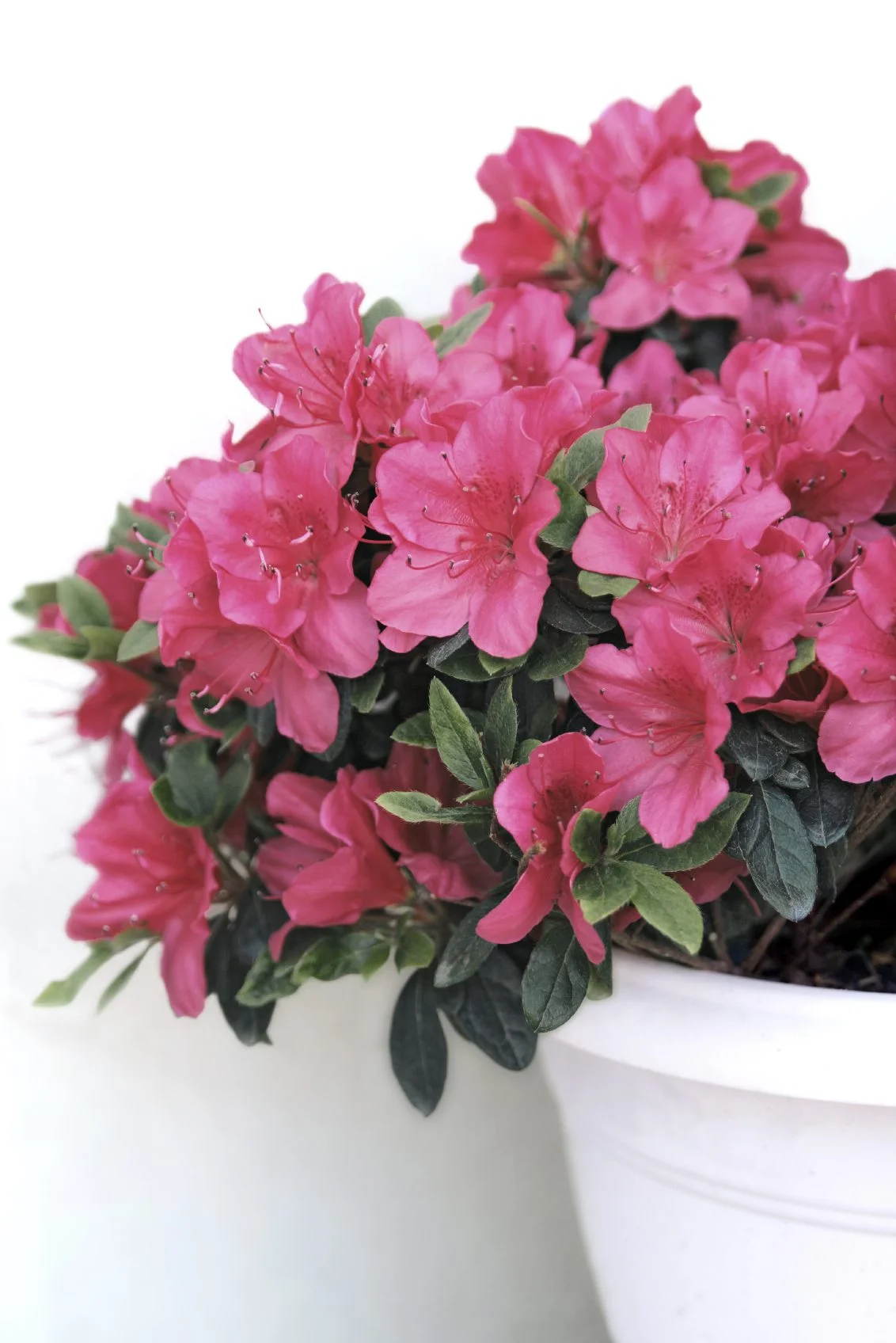
This is important for any plant as your plants need different care in the winter season than in the summer. Thus, try to have measures according to the weather in your area. If you live in a colder climate, move your potted azalea indoors during the winter months or provide it with proper frost protection. Mulch around the base of the plant to insulate the roots. This will help your plant to stay healthy in the harsh winter season.
Conclusion
Well, now you have a better understanding of caring for potted azaleas. Also, you are assured that caring for these beautiful plants is not complicated. All you need to look for is the right pot and soil, follow some simple maintenance steps, and voila!
You will have a potted plant with beautiful flowers and foliage. Also, remember to water consistently, but do not overwater it as it can cause root rotting. By following these easy and simple tips, your potted azalea will thrive and bring joy year after year.

